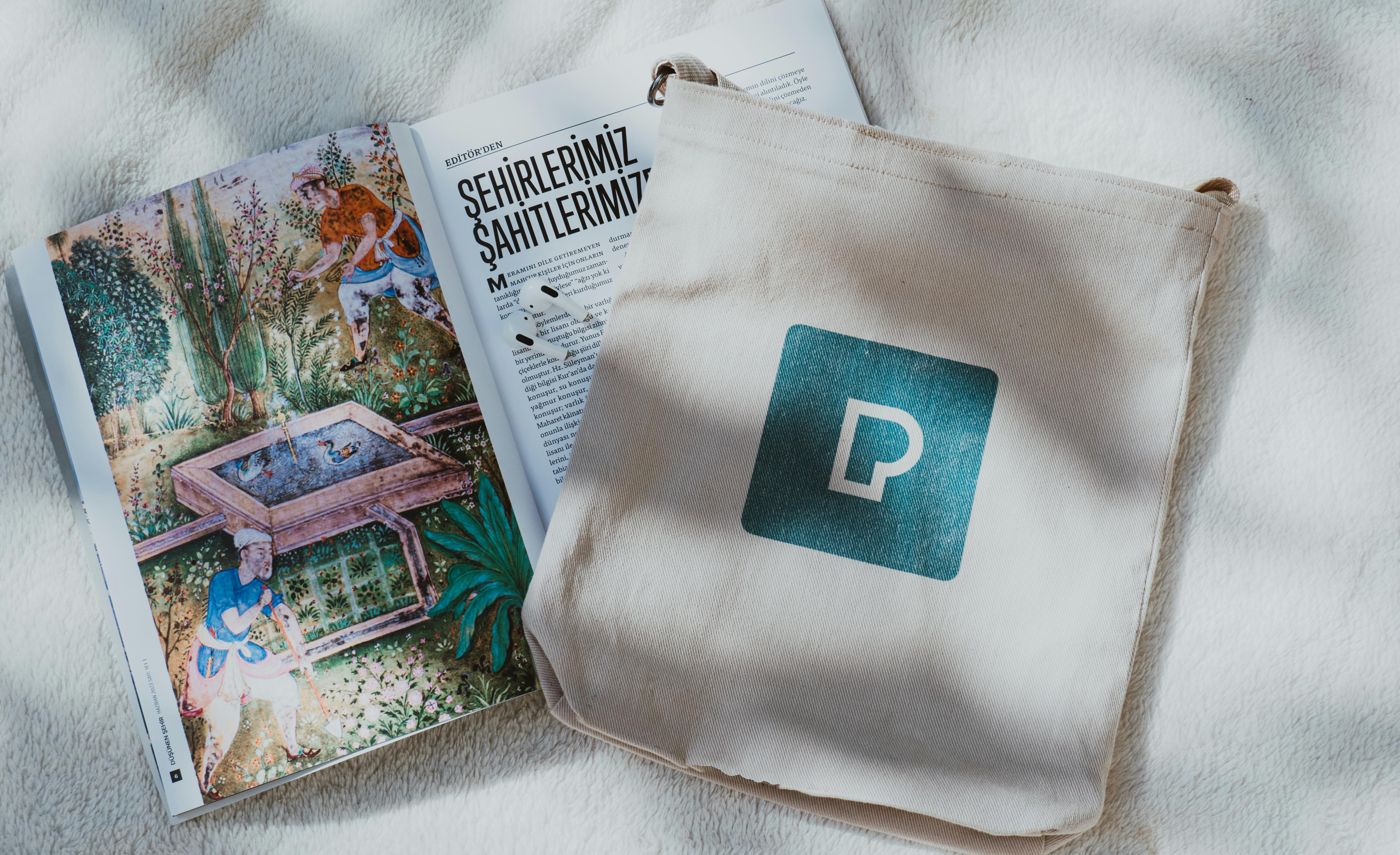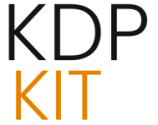KDP Cover Creator vs. Canva: The Ultimate Showdown for Self-Publishing Success

The book cover is the single most important marketing tool for any self-published author. It dictates click-through rates on Amazon, sets reader expectations, and establishes your brand. When preparing to launch on Kindle Direct Publishing (KDP), creators face a crucial decision: use the free, built-in KDP Cover Creator, or leverage the expansive design power of Canva.
This comprehensive guide dives deep into both options, analyzing their strengths, weaknesses, and ideal use cases so you can choose the right platform to transform your manuscript into a marketable product.
—
Understanding the Landscape: Why the Cover Matters
Before comparing tools, remember KDP has stringent requirements for paperback and hardcover wraps, including specific resolution, bleed, and safe zone margins. A cover that looks great as a standalone JPEG might fail inspection or look unprofessional once Amazon prints it.
Our two contenders approach these requirements very differently.
—
Option 1: The KDP Cover Creator – The Integrated Solution. Find out more about KDP Cover Creator vs Canva for self publishing.
Amazon’s proprietary KDP Cover Creator is a web-based tool accessible directly within your KDP publishing dashboard. Its primary selling point is simplicity and guaranteed compliance.
The Pros of Using the KDP Cover Creator
Guaranteed Compliance: This is its greatest advantage. Since the tool pulls your exact page count, trim size, and paper type directly from your manuscript settings, it automatically generates the correct dimensions for the front cover, spine, and back cover, including necessary bleed areas. This eliminates technical errors that can delay publication.
Free and Accessible: It costs nothing and requires no external software installation or sign-up beyond your KDP account.
Speed for Low-Content Books: For simple journals, logbooks, planners, or low-content interiors where strong typography is key, the basic templates can be sufficient and extremely fast to implement.
Basic Text Handling: It handles essential text placement for title, subtitle, and author name efficiently.
The Cons of Using the KDP Cover Creator. Find out more about How to calculate KDP cover dimensions for Canva guide.
Severe Design Limitations: The template library is dated and extremely limited. You cannot upload advanced custom graphics or integrate unique stock photos seamlessly.
Generic Results: Because the templates are standardized, it is very easy for your cover to look similar to dozens of other books using the same stock backgrounds or borders provided by Amazon.
No Advanced Features: Forget drop shadows, masking, complex layering, or custom font integration. The tool is fundamentally basic.
Poor for Branding: If you plan to release multiple books in a series, maintaining visual consistency across KDP Creator designs is nearly impossible.
—
Option 2: Canva – The Powerhouse of Accessibility. Find out more about Canva book cover design tutorial for KDP print tips.
Canva has become the go-to design tool for millions due to its intuitive drag-and-drop interface, massive asset library, and impressive versatility. It offers both a robust free tier and a premium “Pro” subscription.
The Pros of Using Canva
Superior Customization and Quality: Canva allows for complex layering, text effects, custom color palettes, and the integration of high-resolution images. This leads to highly professional and market-specific results.
Vast Template Ecosystem: While you must adapt them, Canva offers thousands of templates that can be heavily modified to fit specific genres (e.g., romance, thriller, business guide).
Brand Consistency: Once you establish a style in Canva, you can easily save brand kits (colors, fonts) and apply them across all future book covers, establishing a recognizable author presence.
Asset Library: Canva Pro grants access to millions of professional stock photos, illustrations, and design elements that elevate cover quality significantly beyond the free stock Amazon provides.
The Cons of Using Canva. Find out more about Limitations of using KDP Cover Creator software strategies.
Manual Dimension Calculation: This is the biggest hurdle. You must know your trim size, page count, and paper type to calculate the exact pixel dimensions needed (including the spine width and required bleed of 0.125″ on the outer edges). If the dimensions are wrong, the cover will be rejected or misprinted.
Learning Curve for Print: While easy to use for social media graphics, learning how to properly set up a print-ready file (CMYK vs. RGB, setting up bleed masks) takes initial effort.
Asset Licensing Risk: Users must be careful when using free elements in commercial products, though Canva generally covers basic commercial use within its platform rules.
—
Head-to-Head Comparison: KDP Creator vs. Canva. Find out more about KDP Cover Creator vs Canva for self publishing overview.
The choice often boils down to technical precision versus design freedom. Here is a direct comparison:
| Feature | KDP Cover Creator | Canva (Pro/Free) |
|:— |:— |:— |
| Cost | Free | Freemium (Pro highly recommended for KDP) |
| Dimensions/Sizing | Automatic (Perfectly compliant) | Manual Calculation Required |
| Learning Curve | Very Low (Minimal skill needed) | Low to Moderate (Requires learning print settings) |
| Design Versatility | Extremely Limited (Basic templates only) | Vast (Full graphic design potential) |
| Asset Library | Minimal/Basic Stock | Massive stock photo & graphic library |
| Branding Potential | Low | High (Excellent for series consistency) |
| Time Investment | Very Fast | Moderate (Requires setup time) |
| Output Quality | Good for functional, poor for competitive | Professional grade possible |
—
When to Choose Which Tool: A Decision Matrix
Your selection should align with your goals, experience level, and the type of book you are publishing.
Choose the KDP Cover Creator If:. Find out more about How to calculate KDP cover dimensions for Canva definition guide.
You are publishing low-content items: Journals, notebooks, coloring books, or simple guest books where the focus is on interior utility, not front-cover appeal.
You are testing the market: You need a functional cover today* and have zero budget for design or premium software.
You have no design experience and are intimidated by image editing software.
Choose Canva If:
You are publishing fiction or high-value non-fiction: These genres require covers that compete visually with traditionally published books.
You need precise branding: You plan to publish a series or want a specific, recognizable visual style.
You are willing to learn the basics of print layout: You understand the importance of bleed, trim, and safe zones, or you use a high-quality Canva KDP template that automates this setup.
You require specific imagery or typography: Your book’s concept demands unique visuals not found in the KDP stock library.
—
Conclusion: Designing for Success
While the KDP Cover Creator serves as a reliable safety net, guaranteeing compliance without effort, it rarely produces a cover capable of winning sales in a crowded marketplace. It is a tool for necessity, not optimization.
Canva, on the other hand, provides the professional canvas required for modern self-publishing success. By taking the extra time to learn the required dimensions and leverage its superior design assets, you equip your book to stand out on Amazon’s virtual shelves. For serious authors aiming for high conversion rates, Canva (or similar professional software like Adobe Photoshop/Affinity Designer) is the clear path forward.





